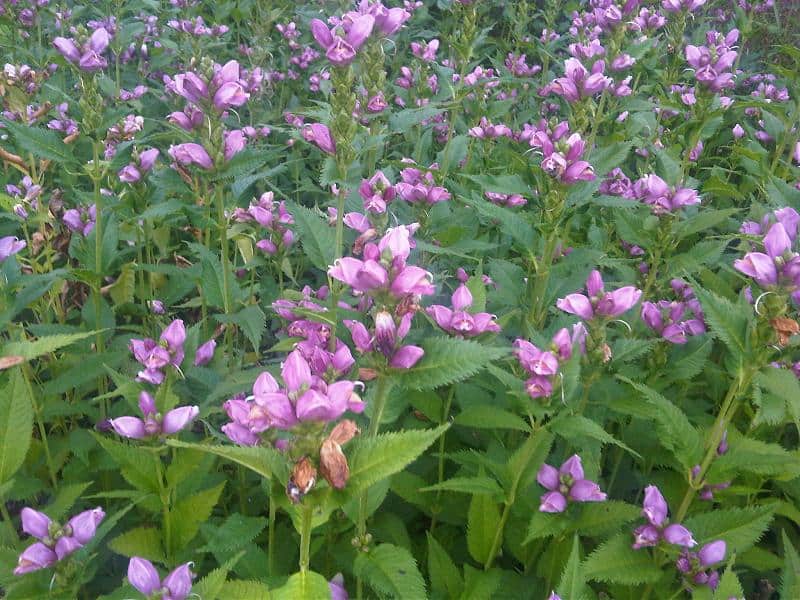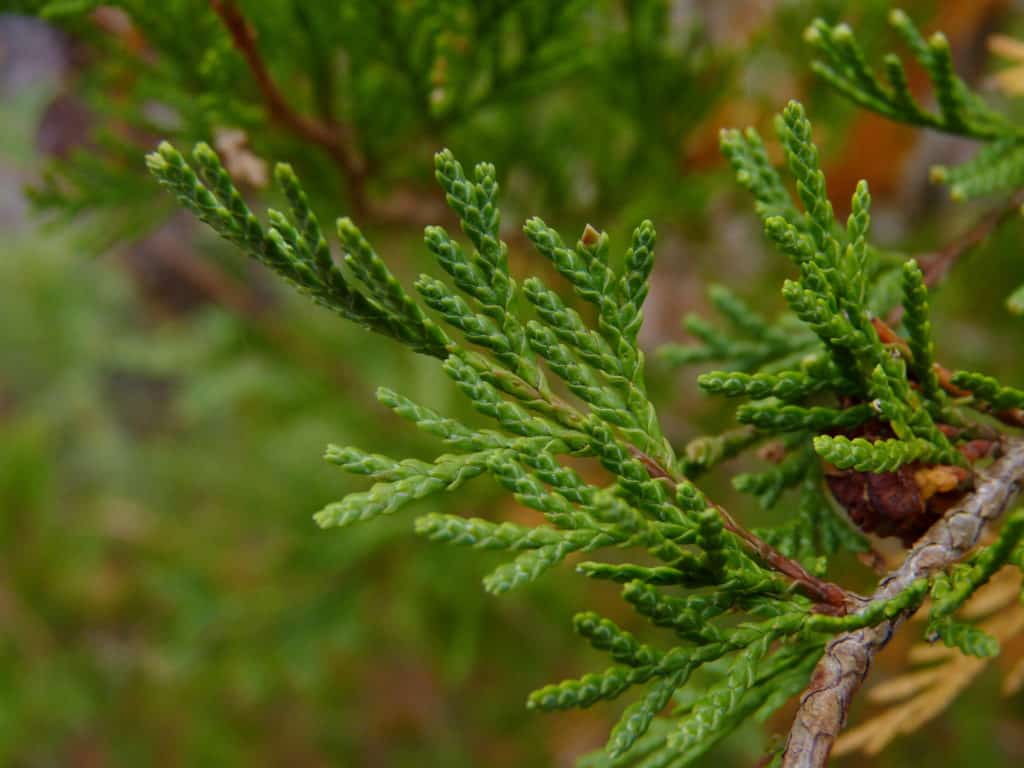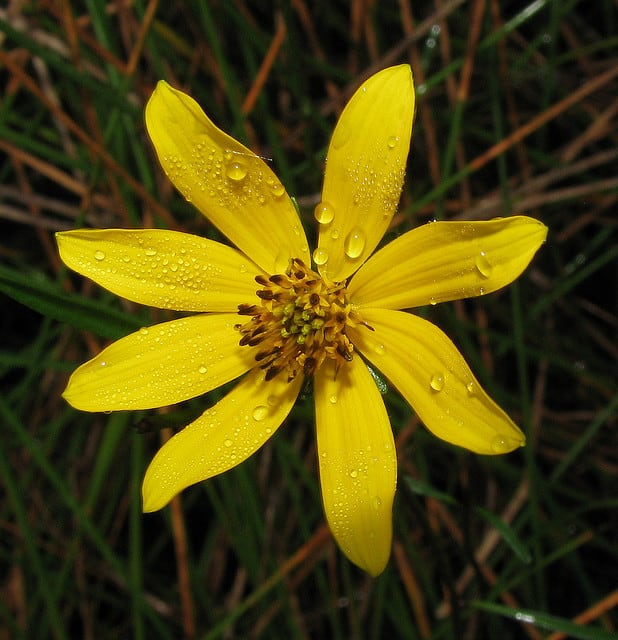Gardening for Health

Red turtlhead 
Atlantic white cedar 
Small-fruited beggartick
Protecting the Last of Their Kind
By Maria Price
Small-fruit beggarticks, button sedge. Atlantic white cedar, red turtlehead, sheep laurel, showy goldenrod. These are all plants that are either threatened, rare or extinct now in the state of Maryland. Currently there are 772 species considered rare, threatened or endangered in our state. Some of these historic plants have not been seen in 20 years, while others are considered extirpated (lost with virtually no chance of rediscovery). Most disappeared because of habitat alteration, fragmentation or destruction.
Beyond the federal Endangered Species Act list, there are additional plants that are considered rare and under assessment by DNR’s Wildlife and Heritage Service. This is a result of more than 35 years of effort to gather research and analyze data from numerous sources.
One way to protect and conserve these plant species is to cultivate them in arboretums and botanic gardens. These sanctuaries work in ex situ conservation of these species, meaning they focus on safeguarding a species by collecting seeds to store in seed banks or growing the plants in living collections.
Protecting plants in the wild, where they naturally grow, is considered in situ conservation. In situ is Latin for on site, meaning the conservation of a species within its normal and natural habitats and ecosystems.
Because the threats come from a number of sources, for these plants’ survival, it is important that both methods are used in concert to reinforce and complement each other.
The combined approach is known as integrated plant conservation and according to Botanic Gardens Conservation International, research, horticulture and education can work together to ultimately increase the success of conservation efforts. Botanic gardens collect in situ plants and restore them in an ex situ environment, which can then provide materials to restore plants in their natural environment. Worldwide, botanic gardens contain about a third of all known plants and help protect 40 percent of endangered species, a study published in the journal Nature Plants stated.
Historic London Town in Edgewater is a great example of this locally. Their annual plant sale is one way they share their work of cultivating rare and threatened plant species with us. We can take home a plant and help save a species. When choosing plants for your own gardens, consider making a rare or threatened plant part of your landscape.
